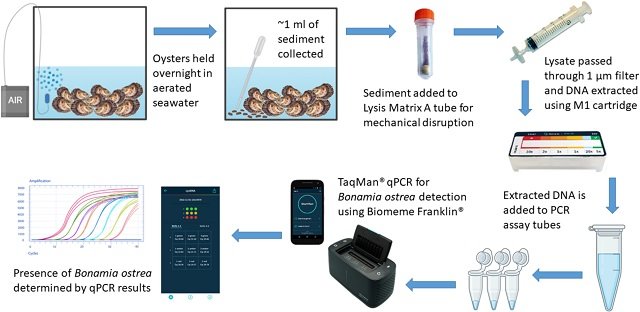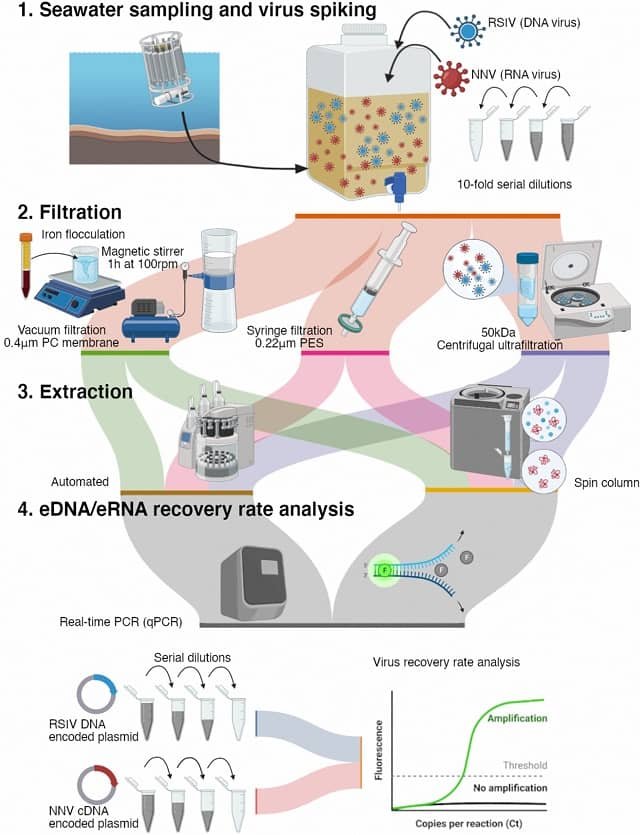United Kingdom.- Oyster farmers are set to benefit from a new genetic tool that will help to prevent disease outbreaks and improve yields.
The technology will enable hatcheries to rapidly assess the genetic make-up of their oysters, so they can select animals with desirable characteristics from which to breed.
Gene chip
Scientists at the University of Edinburgh’s Roslin Institute have developed a chip loaded with tens of thousands of pieces of DNA – each carrying a specific fragment of the oyster’s genetic code.
Using a tiny sample of DNA from each oyster, the chip can measure small genetic variations – known as Single Nucleotide Polymorphisms – that are linked to physical traits.
Disease resistance
The tool will initially be used to spot oysters that are resistant to Oyster Herpes Virus, a disease that causes major losses in young stocks.
Researchers are also investigating how the chip can be used to identify oysters with other desirable characteristics, such as faster growth rates.
Stay Always Informed
Join our communities to instantly receive the most important news, reports, and analysis from the aquaculture industry.
“This chip is an enabling tool for genetics and breeding research in oysters, and we are working with the industry to implement this technology with the goal of improving health and yield of stocks” says Dr Ross Houston, The Roslin Institute.
Selective breeding
Similar selective breeding techniques are already used to improve the health and productivity of farmed salmon stocks and land-based livestock.
The chip has been developed for two key species – the Pacific oyster, which is the main species of farmed oyster, and the native European flat oyster, a locally important species.
Joint effort
Details of the technology are published in the journal G3: Genes, Genomes, Genetics.
The project also involved researchers from the Centre for Environment Fisheries and Aquaculture Science (Cefas) and Edinburgh Genomics.
The team is now collaborating with experts from several European countries, Australia, New Zealand and Mexico to apply the technology.
600,000 tonnes
Oysters are one of the most important group of species for global aquaculture with more than 600,000 tonnes produced each year.
“This new technology brings the power of selective breeding a step closer for oyster producers in the UK and worldwide” says Dr Tim Bean, Cefas.
Source: The University of Edinburgh
Editor at the digital magazine AquaHoy. He holds a degree in Aquaculture Biology from the National University of Santa (UNS) and a Master’s degree in Science and Innovation Management from the Polytechnic University of Valencia, with postgraduate diplomas in Business Innovation and Innovation Management. He possesses extensive experience in the aquaculture and fisheries sector, having led the Fisheries Innovation Unit of the National Program for Innovation in Fisheries and Aquaculture (PNIPA). He has served as a senior consultant in technology watch, an innovation project formulator and advisor, and a lecturer at UNS. He is a member of the Peruvian College of Biologists and was recognized by the World Aquaculture Society (WAS) in 2016 for his contribution to aquaculture.




